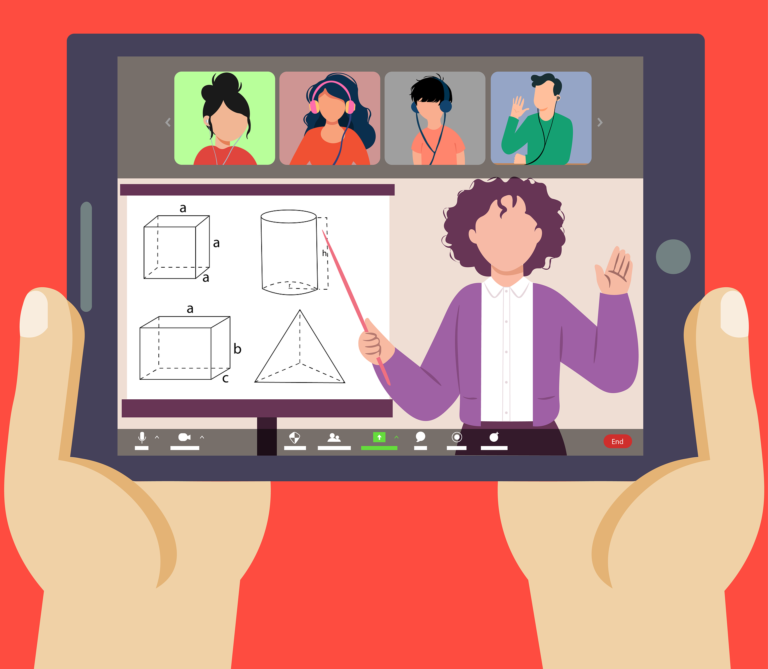7 REASONS YOUR CHILD SHOULD LEARN WITH VIDEOS

In this article, you will learn 7 awesome reasons why your child should learn with a video. Four of them are mind-blowing.
This decade provides a redefinition for school and alternative learning opportunities for students at all levels. To cap it, the covid19 pandemic and the attendant lockdowns globally force humanity to explore alternative learning opportunities.
Therefore, as face-to-face school is gradually losing its monopoly on education to other learning models such as homeschooling, online school, and learning from videos, it is important to explore the benefits your child stands to gain while learning with videos. This is largely because almost all learning models are beginning to adopt the use of video lessons for learners.
As a result, I present to you 7 benefits your child will gain while learning with videos
- FLEXIBILITY
Let’s face it, students have different time preferences when it comes to learning. Unfortunately, the physical schools are not modeled to respect these differences hence, some students who learn better at some time learn faster than others and others are scaled below average. However, once lesson videos are available, every student will have the flexibility to learn at their own time, their preferred place, and atmosphere. For this reason, as your child attends the physical school, you may want to provide lesson videos with which they will engage themselves at their own time.
2. MASTERY
Again, one of the arguments against the physical school model by its critics is that it is not designed to facilitate mastery among all learners. The way it works now is that teachers have an average time of 40 min to complete a particular lesson and once the bell rings, they move to another class. This happens whether the students understand what the teacher taught or not.
This is the advantage of videos. When students watch the video once and the concept is not clear, they can go back again several times to watch until they master the concept.
I guess you are beginning to get convinced. The next point is the strongest for me.
3. BUILD SELF-LEARNING SPIRIT
How will you feel as a parent? Imagine your grade 5 (primary 5) child constantly goes back to his or her books to revise the school lessons and even learn new topics on their own. Imagine if, by the time they get to grade 10 (ss1), they’ve already mastered the art of studying ahead of the class – the art of self-learning. If you are like most parents, you will feel great about this. Self-learning is one of the fundamental skills that has been recommended for the 21st century. As we begin to witness massive disruptions in all sectors, self-learning is an important tool that can make people adjust to the increasingly changing new normal. Since children will often watch the video lessons on their own, if this is sustained, they will begin to develop the self-learning characteristics which is good for them. Especially if the video is an engaging one such as the ones made by Edtrack (see a sample here), students will be encouraged to answer questions and sometimes carry out searches and activities on their own while watching the videos. This makes them interested for a long time and eventually builds their self-learning skills.
4. RESPONSIBLE USE OF TECH
Let’s accept it, our children are the handlers of our devices. They know how to operate and the functions of most apps than we do. We have to accept this reality and find a way to live with it responsibly. One of the ways to do that is by having loads of video lessons for maths, English, and sciences on your device. This will encourage the responsible use of tech devices by the children. In other words, the tech device becomes a mobile classroom.
5. PERSONALIZATION
If you ask any professional educator around you, they will tell you personalization is an issue in the classroom and how they struggle to achieve it in every lesson. Personalized learning is an approach where learning is tailored towards the individual needs of every learner – this is what your child needs. However, the current school model has no adequate provision for this noble learning style. This is where video lessons, when done correctly come in handy. Since every child will watch it at their own pace, it is easier to tailor their learning to their need and assess them based on their level on the learning curve.
6. CATER FOR MOST LEARNING STYLES
A few weeks ago, I got a report from my son’s teacher that he learns better and gets engaged more with video and images than with raw text. According to a publication published in reseachgate.net, there are 3 broad types of learners – auditory learners, kinesthetic learners, and visual learners. All of these learners have to be accommodated which is difficult in the physical classroom model that we have now. However, while one type of video cannot be sufficient to provide solutions for all types of learners, a teacher can make multiple videos to cover different types of learners. For instance, kinesthetic learners learn best when they interact with their learning environment. A teacher can make a video for children that requires this learning style by giving them instruction and guiding them through some activities they can do in their environment.
7. ERROR-FREE CONTENT
Often, when we speak, there are tendencies of making mistakes that we may not notice. When teachers make videos, they usually have the opportunity to revise, reflect and redo where necessary before posting for students’ consumption. Your child will get a lot of benefits from videos that go through these processes because you can be sure that they are rich content for consumption.
Abdulrafiu Arikewuyo